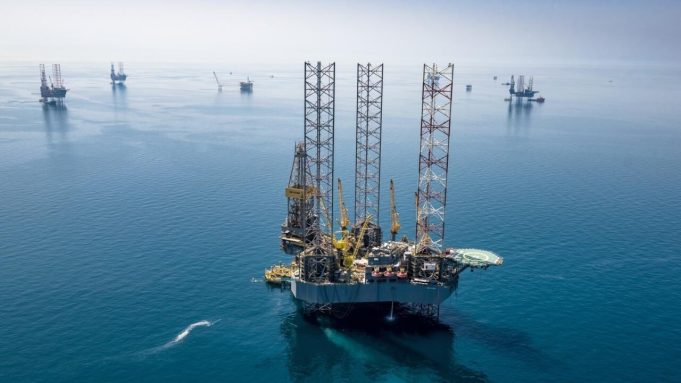Saudi Arabia has actually revealed that it will extend its voluntary cut of one million barrels daily (bpd) for another month to consist of September, according to the energy ministry. The cut, which started in July, might be even more extended or deepened. This choice is targeted at supporting the stability and balance of oil markets. With this cut, Saudi Arabia’s day-to-day production stays at around 9 million bpd. The OPEC+ alliance, that includes Russia, decided to cut production in June, and Saudi Energy Minister Prince Abdulaziz bin Salman kept in mind that the cut might be extended.
This choice comes as oil manufacturers continue to deal with obstacles such as falling costs and high market volatility due to the Russian intrusion of Ukraine and China’s having a hard time financial healing. Saudi Arabia depends on high oil costs to money its enthusiastic reform program to shift its economy far from nonrenewable fuel sources. Analysts recommend that the kingdom requires oil costs around $80 per barrel to stabilize its spending plan.
Recent information has actually revealed that the supply cuts are beginning to have a favorable effect on oil costs. The oil costs are reinforcing, with Brent trading at around $85 per barrel in late July, up by $10 per barrel from the start of the month. There is likewise hope that United States need will be more powerful than anticipated, possibly leading to a soft landing for the United States economy instead of an economic downturn.
However, professionals think that Saudi Arabia will wish to see a continual duration of greater costs prior to increasing production levels. Concerns over the Chinese economy likewise continue to hang over oil markets. Saudi Aramco, the nation’s oil giant, taped earnings of $161.1 billion in 2020, enabling Saudi Arabia to attain its very first yearly spending plan surplus in almost a years. However, with the spike in oil costs due to the Russian intrusion of Ukraine now behind them, Saudi oil activities contracted by 4.2% in the 2nd quarter of this year, while non-oil activities grew by 5.5%, leading to a total GDP development of 1.1% for the kingdom.

































